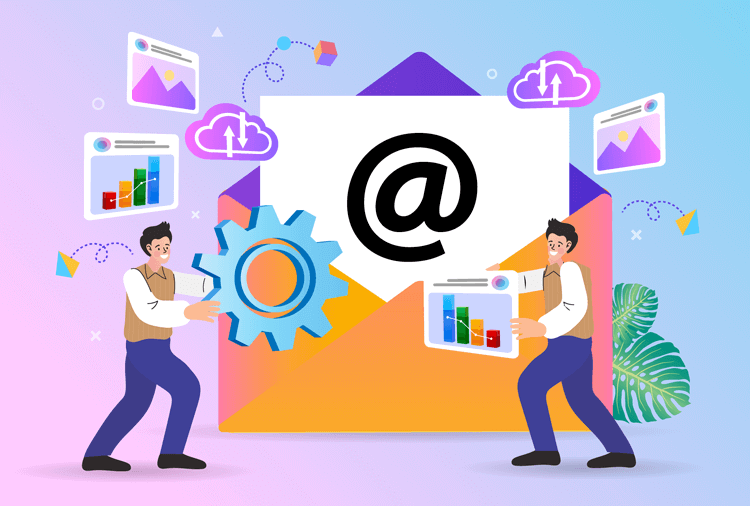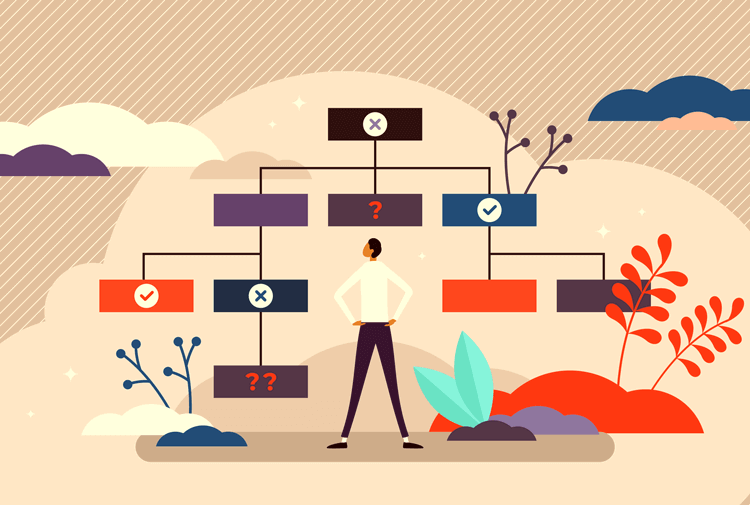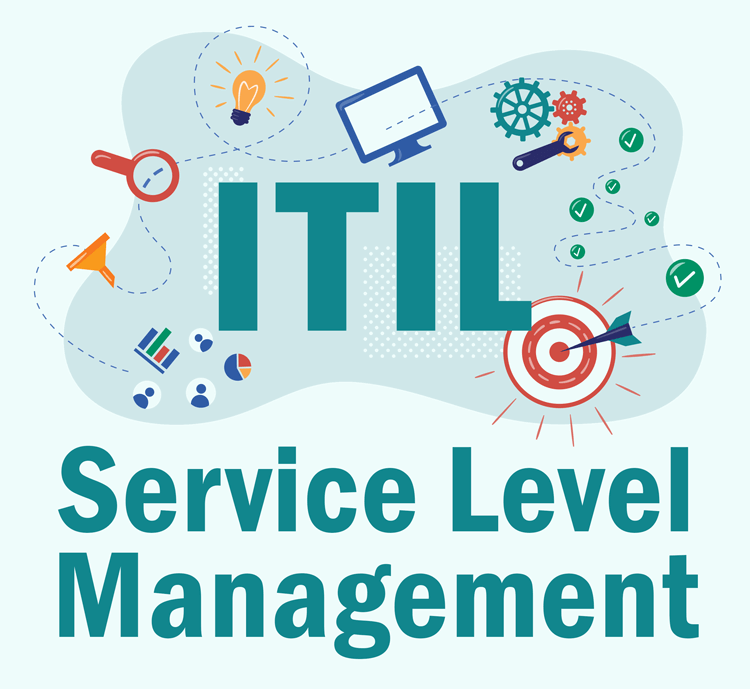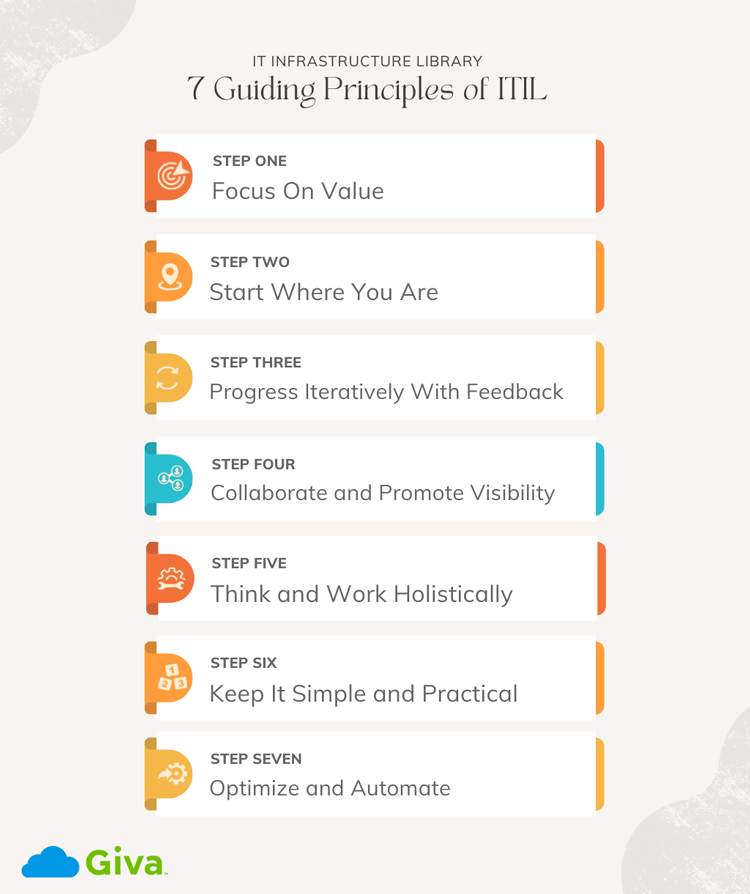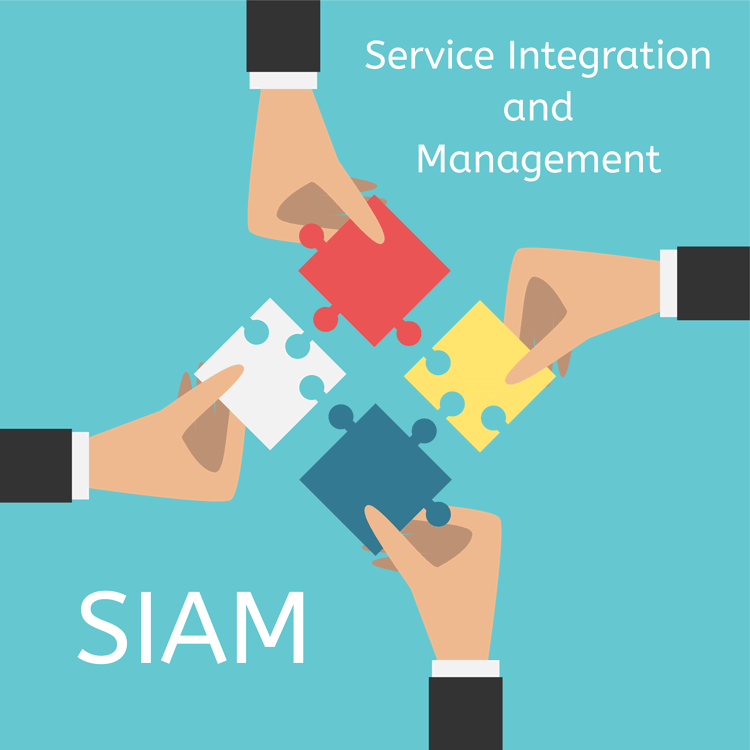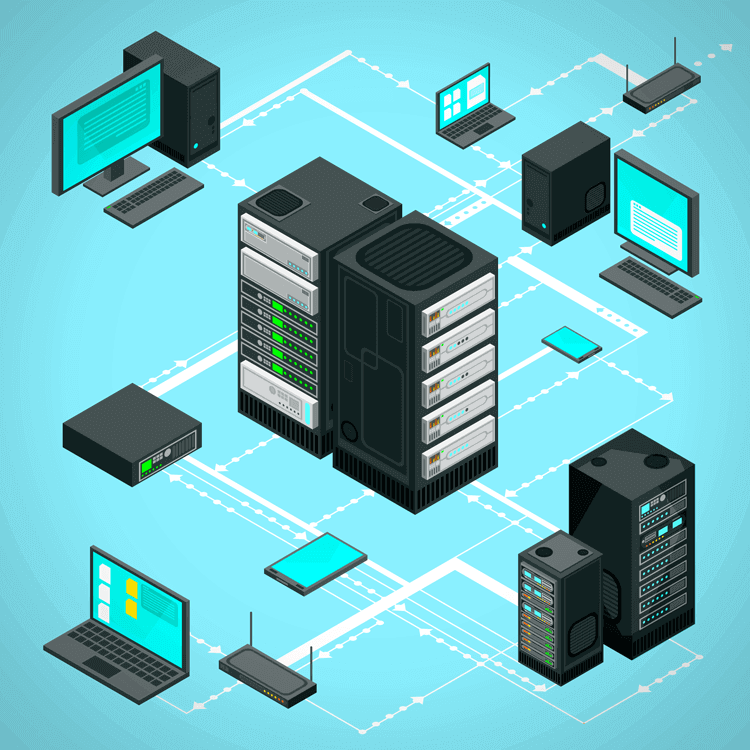How to Measure Productivity in the Workplace with KPIs and Metrics
Productivity metrics are a great way to measure how well your employees perform at work — but are they reliable every time?
You want to ensure your employees are thriving in their roles, and the best way to make sure that happens is to check on your employees' productivity scores. You might receive different results depending on how your employees work, but measuring productivity is always an excellent idea.


